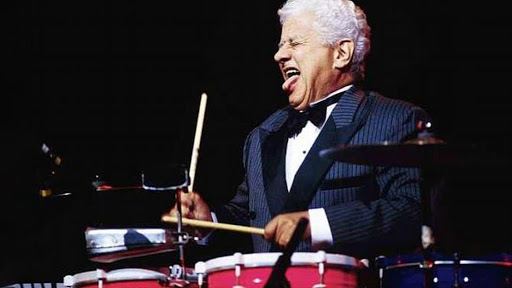A new brand for dance comes to New York
Domi Dance a brand of dance products, designed by ex-dancers for dancers.
The city of New York saw the birth in 2019 of a new brand of products for the dance world, a brand that seeks to reach all corners where music, rhythm and dance can be presented, by the hand of Dorelys Rodriguez, a former dancer who Since she was 7 years old, she has shown the world of dance, going from ballet, flamenco, salsa among other genres, I always dream of achieving many things in the dance world, hence it will never be possible to separate from this beautiful discipline. In his professional studies and work experience in the world of Marketing, he managed to devise a proposal that would manage to marry his great passions, his line of work in the world of sales and his passion for dance, from here DomiDance arises.
In the United States, Dorelys saw the opportunity to exploit his abilities to create a brand, a product, an object that would allow him to give him a new business and business life, without forgetting the main point of his idea, to be what the dancer needs, to reach your specific needs with a range of high-quality products at well-affordable prices for everyone, from the professional to the beginner who ventures into any discipline of this art.
Since 2019 Domi Dance has been able to position itself in many of the corners of dance, starting with its first product presented the openwork stockings, little by little it developed innovative strategies to enter the commercial game, facing large brands established in the American market, it was able to enter through of online sales a channel that allowed him to reach many people due to the boom in shopping through the web.

The brand claims to present its products under a first-level raw material line, quality is the main object in its line, they seek to offer quality above any point, customers can be sure of acquiring an object that will not be easy to beat. When it comes to bringing life to life on the stage and in the dance halls, Dorelys tells us ¨ we do not want a dancer to be under pressure not to sit on the floor for fear of breaking the stocking or shoes on difficult floors, we do not sell products unbreakable but difficult to beat¨.
Domi dance is not a sales space for other products, they are manufacturers, they are exclusive when designing products for their brand, they generate new ideas based on the direct experience of the dancer, they are concerned with investigating the experiences lived with the use of clothing and footwear in the scene, an element that drives them as a brand concerned with giving the artist what they need.
To date, it has a range of first-class textiles, ballet shoes, urban clothing and much more, all aimed at meeting needs in many disciplines. They continue to bet on their sales framework through digital platforms such as Amazon, Ebay, social networks such as Instagram, Facebook, among others. They have already developed a point of sale for Latin America, a business established in Panama, Colombia, Argentina, Venezuela and moving to other latitudes.
For this 2020 the projects are aimed at designing footwear for flamenco, tap, extending its textile line into leotards and garments in greater demand, working with masculine elements and continuing to advance in its extension project in America and Europe. Follow them on their social networks through @ domi.dance
 By Jose Perez Correspondent, Bogota, Colombia
By Jose Perez Correspondent, Bogota, Colombia









